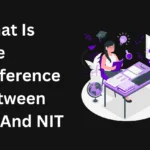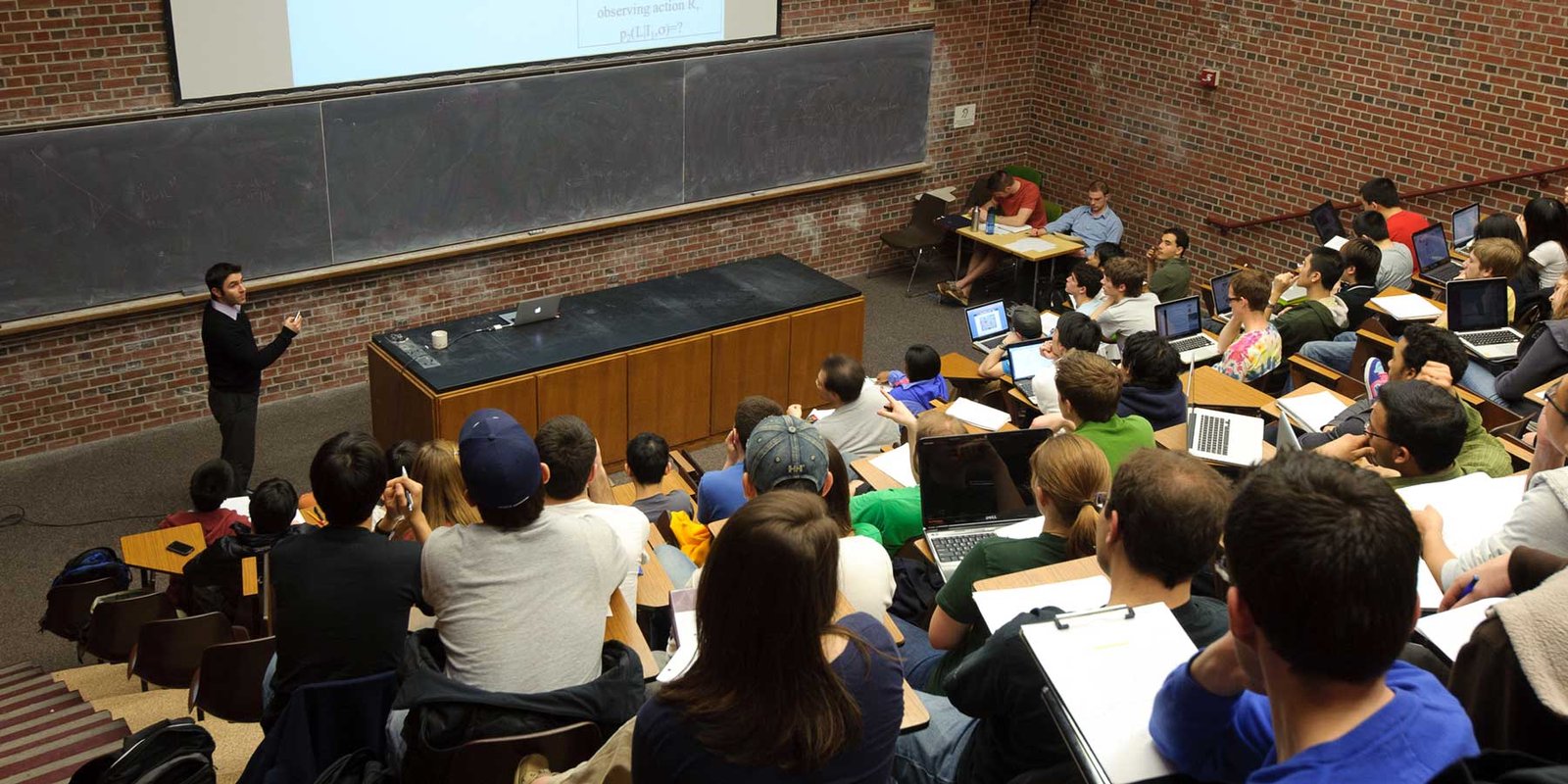For Assistant Professors, the 7th Central Pay Commission (CPC) has changed the way the pays are structured here in India. The commission had not only concentrated on performance but even qualifications and experience to award a clearer and progressive pay structure for this academic post. The guide gives information about the 7th Pay Commission Assistant Professor salary structures, pay levels, allowances, eligibility, career progression, and post-retirement benefits.
Assistant Professor Pay Levels Under the 7th CPC
This position of Assistant Professor is classified as those for the several academic levels according to the 7th CPC: Level 10, Level 11, and Level 12, depending upon the qualification and research contribution, and experience.
Academic Level 10: Entry-Level Appointment
- Starting Basic Pay: ₹57,700
- Pay Scale Range: ₹57,700 – ₹1,82,400
- Entry Qualifications: Master’s degree with NET, SET, or SLET qualification. Ph.D. holders are exempt from NET.
This is the initial level for most newly appointed Assistant Professors in government and aided colleges and universities.
Academic Level 11: Senior Assistant Professor
- Starting Basic Pay: ₹68,900
- Pay Range: ₹68,900 – ₹2,05,500
- Such candidates would normally possess a Ph.D. degree and should possess good Academic Performance Indicators (APIs) worth a minimum of 4 years of service at Level 10 with satisfactory performance.
Academic Level 12: Selection Grade Assistant Professor
- Basic Pay: ₹79,800
- Pay Band: ₹79,800 – ₹2,11,500
- Promotion requirements: Three years at the 11th level with relevant research accomplishments, papers published, and strong APAR.
This rank is the grade at which we expect promotions to the grade of associate professor.
Assistant Professor Salary Breakdown
Here is an elaborate account of the salary structure of an assistant professor at the Academic Level 10.
- Basic Pay: ₹57,700
- Dearness Allowance (DA): 46% of Basic = ₹26,542
- House Rent Allowance (HRA):
Metro (Class X): ₹13,848
Tier 2 Cities (Class Y): ₹9,232
Small Towns (Class Z): ₹4,616
- Transport Allowance (TA): ₹3,600 (plus applicable DA on TA)
Total Gross Monthly Salary (Class X City)
| Component | Amount (₹) |
| Basic Pay | ₹57,700 |
| Dearness Allowance | ₹26,542 |
| HRA | ₹13,848 |
| TA + DA on TA | ₹5,256 |
| Total Gross Salary | ₹103,346 |
The in-hand salary is reduced somewhat due to tax deductions for NPS, professional tax, and income tax.
Annual Increments and Performance-Based Promotions
According to the Seventh Pay Commission recommendation, an Assistant Professor will get an annual increment of 3% for each successive year in his/her basic pay. Apart from the annual increment, the faculty members of an institution also get the benefits from the Career Advancement Schemes (CAS), which give systematic promotion based on:
- Experience
- Research publications
- API score
- Participation in seminars and workshops
- Student feedback and APAR ratings
Career Growth Path
- Assistant Professor – Entry Level (Level 10)
- Senior Scale Assistant Professor (Level 11)
- Selection Grade Assistant Professor (Level 12)
- Associate Professor (Level 13A1)
- Professor (Level 14)
This career trajectory ensures upward mobility for dedicated educators.
Eligibility and Academic Requirements
According to UGC rules and regulations, the minimum qualification for the appointment of an Assistant Professor is:
- A postgraduate degree in the corresponding subject field with at least a 55% score.
- For non-PhD applicants, NET, SET, and SLET qualifications are mandatory.
- Almost all eminent institutions, such as IITs, IIMs, and Central universities, also demand a minimum of a PhD in most recruitment positions.
Allowances and Benefits for Assistant Professors
In effect, the list is released while regulations are in force, but the benefit of paid leave could pertain to any ranks.
- Dearness Allowance (DA)
Reviewed semi-annually based on inflation trends.
Currently set at 46% and expected to increase further.
- House Rent Allowance (HRA)
- Varies based on the city of posting:
24% for metro cities
16% for Tier 2
8% for Tier 3 and rural areas
- Transport Allowance (TA)
- Standard rate plus additional DA on TA.
- Enhanced in metro cities.
- Academic and Research Incentives
- Refund for participation in conferences, workshops, and seminars.
- Special academic allowances for faculty possessing a Ph.D.
- Financial aid for conducting research projects and support for publication.
- Leave and Study Benefits
- Recreational Leave, Earned Leave, and Sick Leave
- Leave in connection with pregnancy/delivery or adoption without protection, according to the Government of India rules.
- Study leave for research and other academic pursuits
Assistant Professor Salary in Central Universities, IITs, and IIMs
Institutes of National Importance like IITs, NITs, and IIMs, however, give slightly better salary structures plus research perks.
- Assistant Professor Grade I (Ph.D. + 3 years experience): ₹1,01,500 to ₹1,67,400
- Assistant Professor Grade II (Fresh Ph.D. holders): ₹70,900 to ₹98,200
Other Benefits:
Accommodation facility on campus or a considerable house rent allowance.
- Travel grants for the conference
- allowance for a Laptop/ Pc
- performance bonuses and revenue sharing earned from consultancy work.
Comparative Analysis: 6th Pay vs 7th Pay for Assistant Professors
| Feature | 6th Pay Commission | 7th Pay Commission |
| Entry Basic Pay | ₹15,600 – ₹39,100 | ₹57,700 |
| Grade Pay | ₹6,000 | Merged into Academic Levels |
| Pay Structure | Pay Band + Grade Pay | Unified Pay Matrix |
| DA Rate | 125% (of Basic + GP) | 46% (of Basic, but higher base) |
| Promotion Structure | Time-bound | Performance-linked through CAS |
As a result, the Seventh Pay Commission has been able to devise a transparent and performance-oriented scheme to benefit conscientious teachers and guarantee their financial advancement.
Post-Retirement Benefits
- An Assistant Professor will enjoy several long-term monetary benefits besides a pension.
- To start with, the NPS contributions will facilitate the employee to further contribute with a personal stake of 10%, with returns from the investments into the NPS.
- They receive gratuity depending on the length of service and the last salary drawn.
- Indian faculty with leaves remaining are allowed to encash them at the time of retirement.
- Medical benefits include continued access to CGHS or state health schemes.
Conclusion
The 7th Pay Commission has changed the economic scenario for Assistant Professors in India. Rigid academic levels with massive allowances and an open promotion policy attract young teaching practitioners to the profession and reward those who have truly created careers in teaching and research.
Pay scale management has become much simpler and more transparent after a shift of the Academic Pay Matrix from the earlier grades pay system, which included research incentives and performance-based promotion in the Career Advancement Scheme for recognising good efforts and merit.
For any type of aspiration in the academic world or an active teaching role, the 7th Pay Commission perhaps has the best of both worlds rewarding and secure career with continuous options for further professional development and financial security.
Also Read: Thamarai International School – Comprehensive Guide











